Campus Transformation
in Uncertain Times
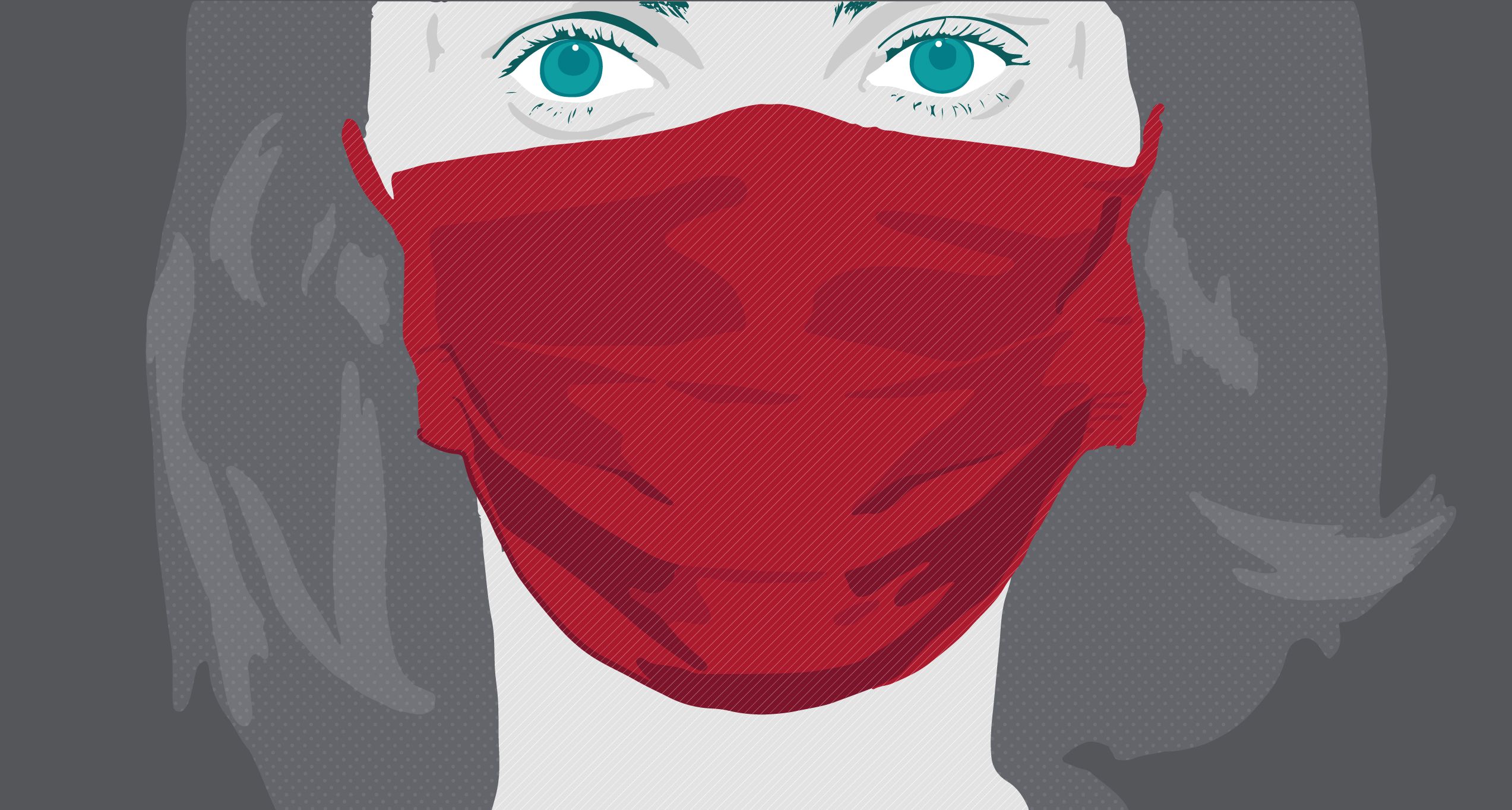
2020 was a struggle. The COVID-19 pandemic, the March earthquake, and the September windstorm were a test of everyone’s patience and resilience. It made one look to tomorrow with a nervous eye and wonder what was coming next.
Such a time of uncertainty is surely the least desirable time to try and juggle multiple major construction projects, but taking a year off was not an option for University of Utah Health’s Campus Transformation. So, the work continued, which meant finishing off the buildings nearing completion and diving into the planning and design for the next wave of projects. Doing so meant quickly adapting to challenges that no one could have anticipated and continuing to push forward.
Going back to the first few months of 2020. The pandemic was accelerating across the world and beginning to significantly impact life in the United States. Healthcare facilities, including University Hospital, were scrambling to provide testing and accommodate COVID patients. Employees were leaving their offices and trying to figure out how to do their work from home. No one quite knew the best way to respond to what was going on.
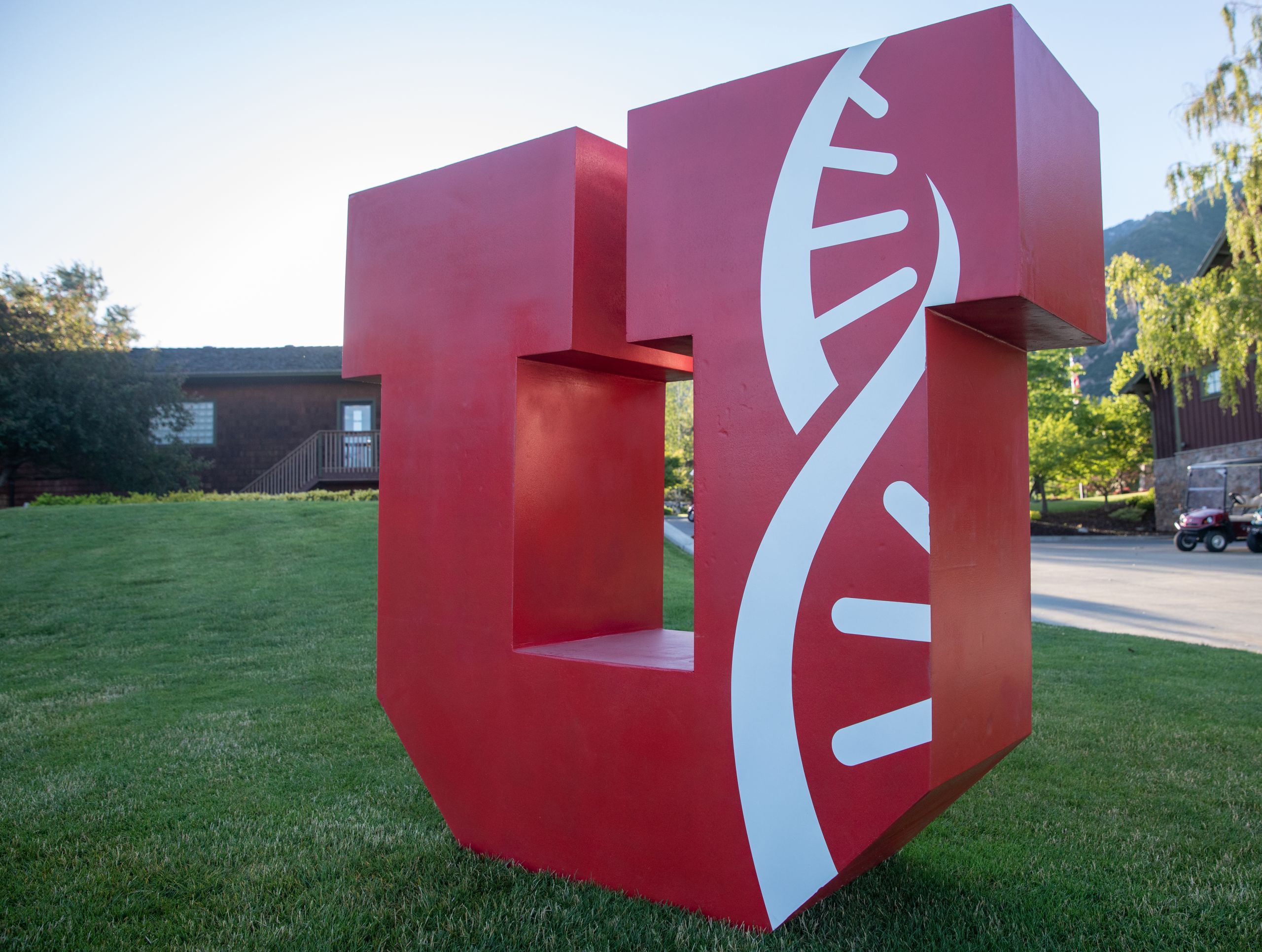
U of U Health had recently opened its Sugar House Health Center, and was nearing completion of the Craig H. Neilsen Rehabilitation Hospital. The Sugar House facility would prove a valuable addition to the U of U Health system as it meant that patients in that area didn’t need to make the trek to University Hospital for testing and care. The Neilsen Rehabilitation Hospital could also help in the COVID fight. Parts of the new facility could house non-COVID patients, along with rehabilitation patients, thereby allowing more of University Hospital to focus on the pandemic. The problem was the building wasn’t finished.
The Neilsen Rehabilitation Hospital could also help in the COVID fight. Parts of the new facility could house non-COVID patients, along with rehabilitation patients, thereby allowing more of University Hospital to focus on the pandemic. The problem was the building wasn’t finished.
“When the pandemic started to ramp up, we immediately started to look at what work needed to be completed to open up just the inpatient floors of the building, and focused efforts on those areas,” said Kathy Sirrine, one of the Neilsen Rehabilitation Hospital project managers. “In early March, we started to get requests from senior leaders to open the building early, and possibilities of opening portions of it for functions other than rehab, if needed to respond to a possible surge.
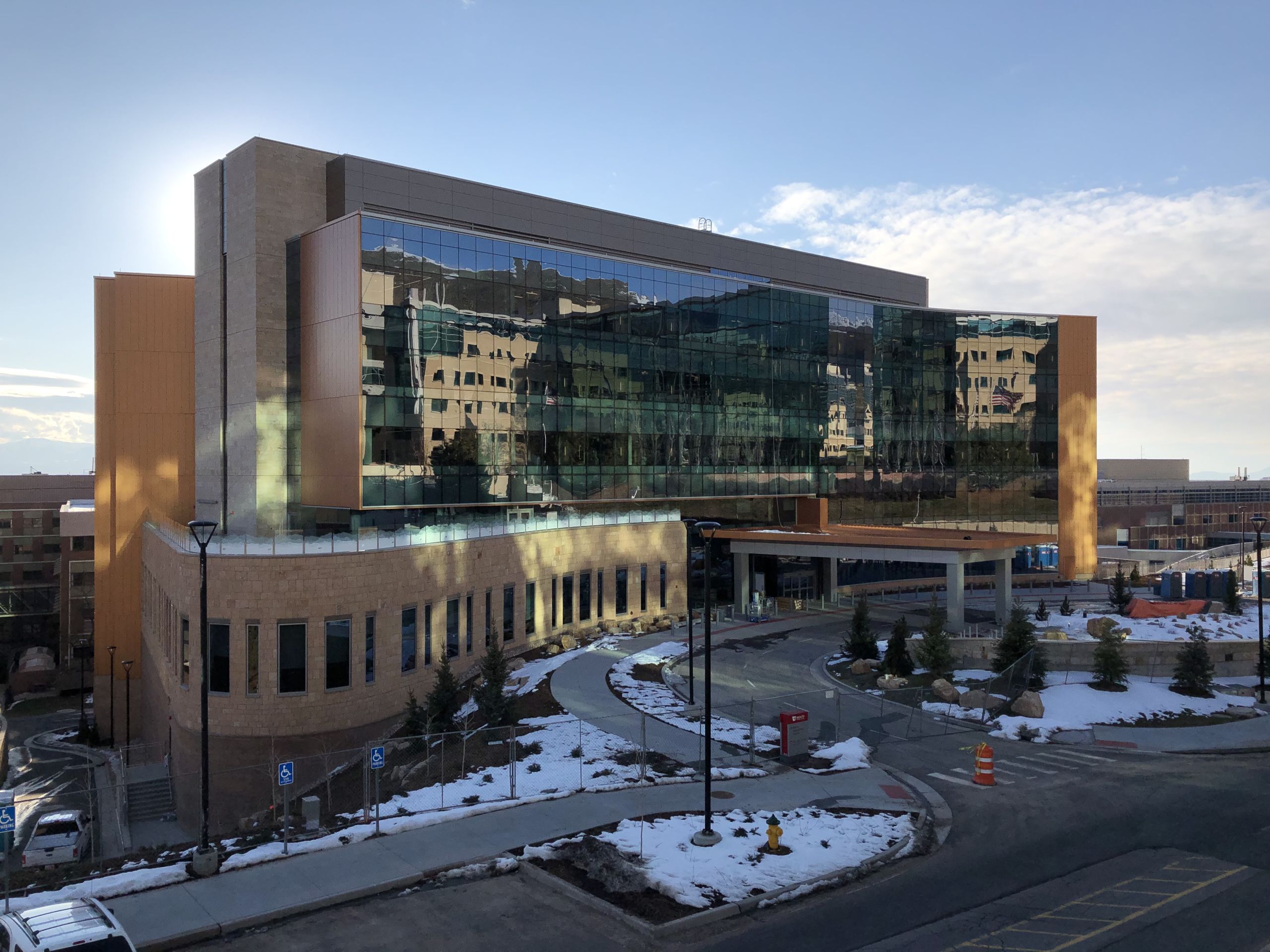
Craig H. Neilsen Rehabilitation Hospital
Craig H. Neilsen Rehabilitation Hospital
"At this same time requests came for lists of equipment we have on hand that could be reallocated for the pandemic. We released all of the ventilators, defibrillators, and suction equipment to the pandemic efforts…”
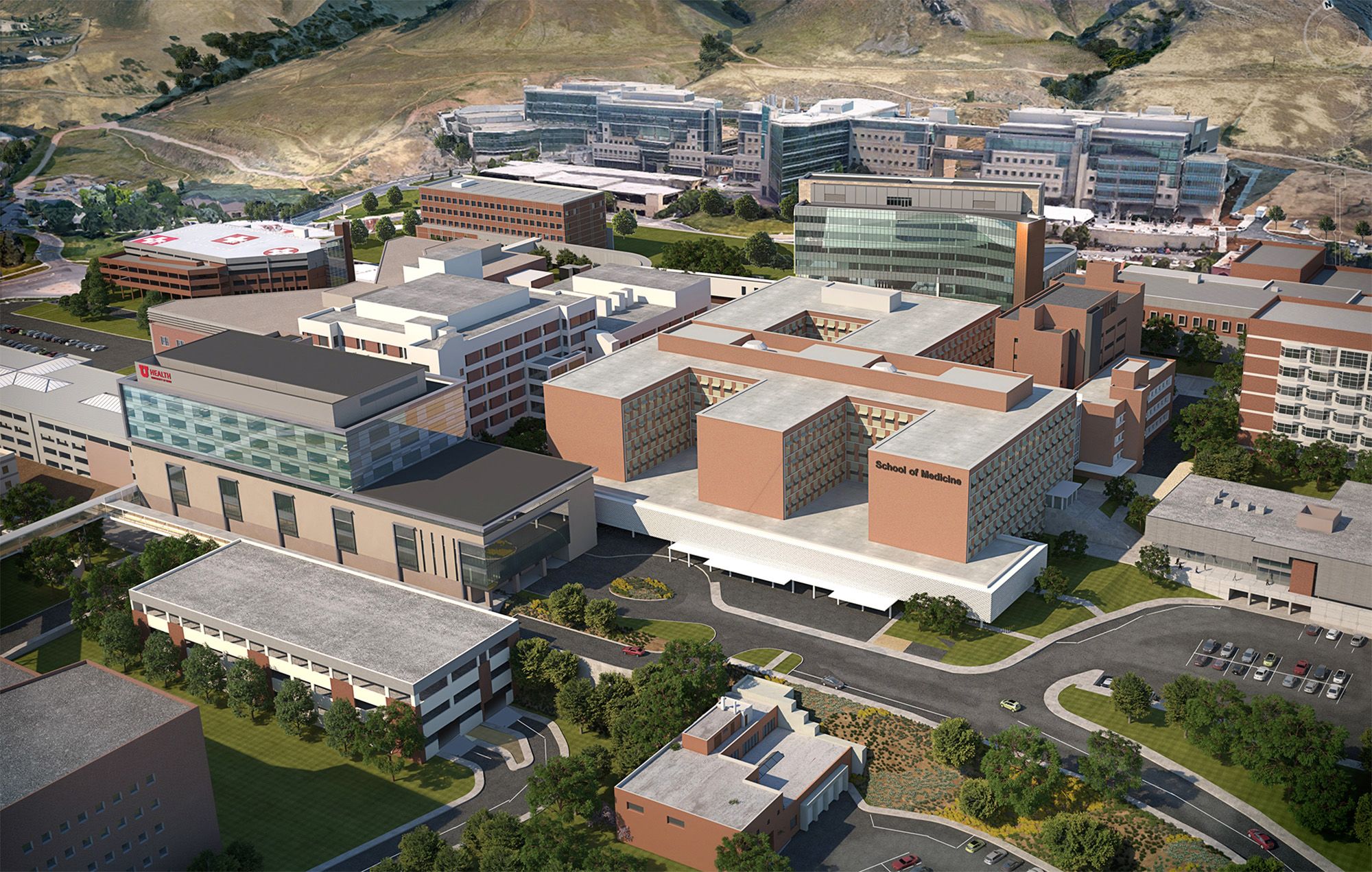
The magnitude 5.7 earthquake that rattled Salt Lake City in March further complicated matters. In addition to fraying already frayed nerves, the earthquake ramped up the concern for the old School of Medicine, also known as Building 521. The building was planned for demolition due in part to its age and its vulnerability to earthquakes. Many of the Building 521 occupants had already moved out, but a large number were still awaiting their relocation. What if the March quake had damaged the building to the point its remaining occupants were forced to immediately relocate? Where would those people and operations go?
Thankfully, building inspectors determined that the old structure was not in danger. So that was one crisis averted.
In May 2020, U of U Health leadership determined that University Hospital was handling COVID testing and care, so the decision was made to fully open Neilsen Rehabilitation Hospital. Today the building stands as the preeminent rehabilitation facility in the Mountain West.
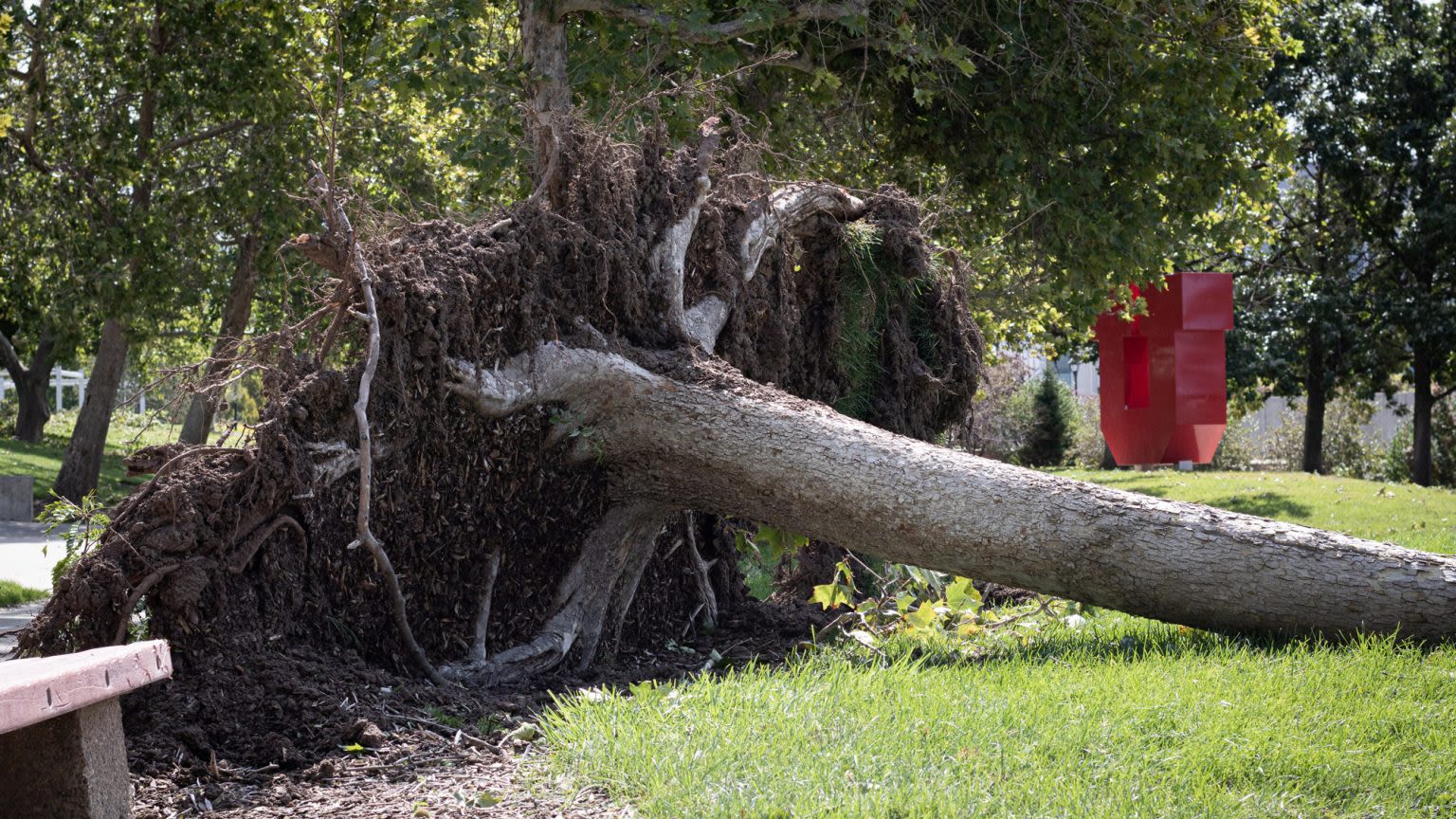
With all of the Campus Transformation projects that were under construction before the pandemic completed, attention turned to the future projects that were still early in their planning phases. The already mentioned Building 521 needed to come down, and that needed to happen before the end of 2024.
Yet 521’s demolition is only one of several dominos that need to fall in the next several years. The Healthcare, Educators, Leaders & Innovators Complex (HELIX) must be built as the new home for many of the 521 occupants. Building 521’s demolition will include the nearby Medical Research & Education Building (MREB), meaning the occupants of that building need to move. In the space left by Building 521, an open-air courtyard will stand as a place for employees, students, and patients to enjoy.
In addition, the new Medical Education & Discovery building will be built adjacent to the courtyard. This facility will become the educational hub for U of U Health, taking over the mission of the School of Medicine.
Although it’s not directly related to Building 521, construction on North Medical Drive is underway. This project will expand and improve North Medical Drive from Mario Capecchi Drive up to Huntsman Cancer Institute. That includes additional turning lanes, roundabouts, and a new parking garage. Also of note is the Kathryn F. Kirk Center for Comprehensive Cancer Care and Women’s Cancers, which is under construction and planned to open in fall 2022.
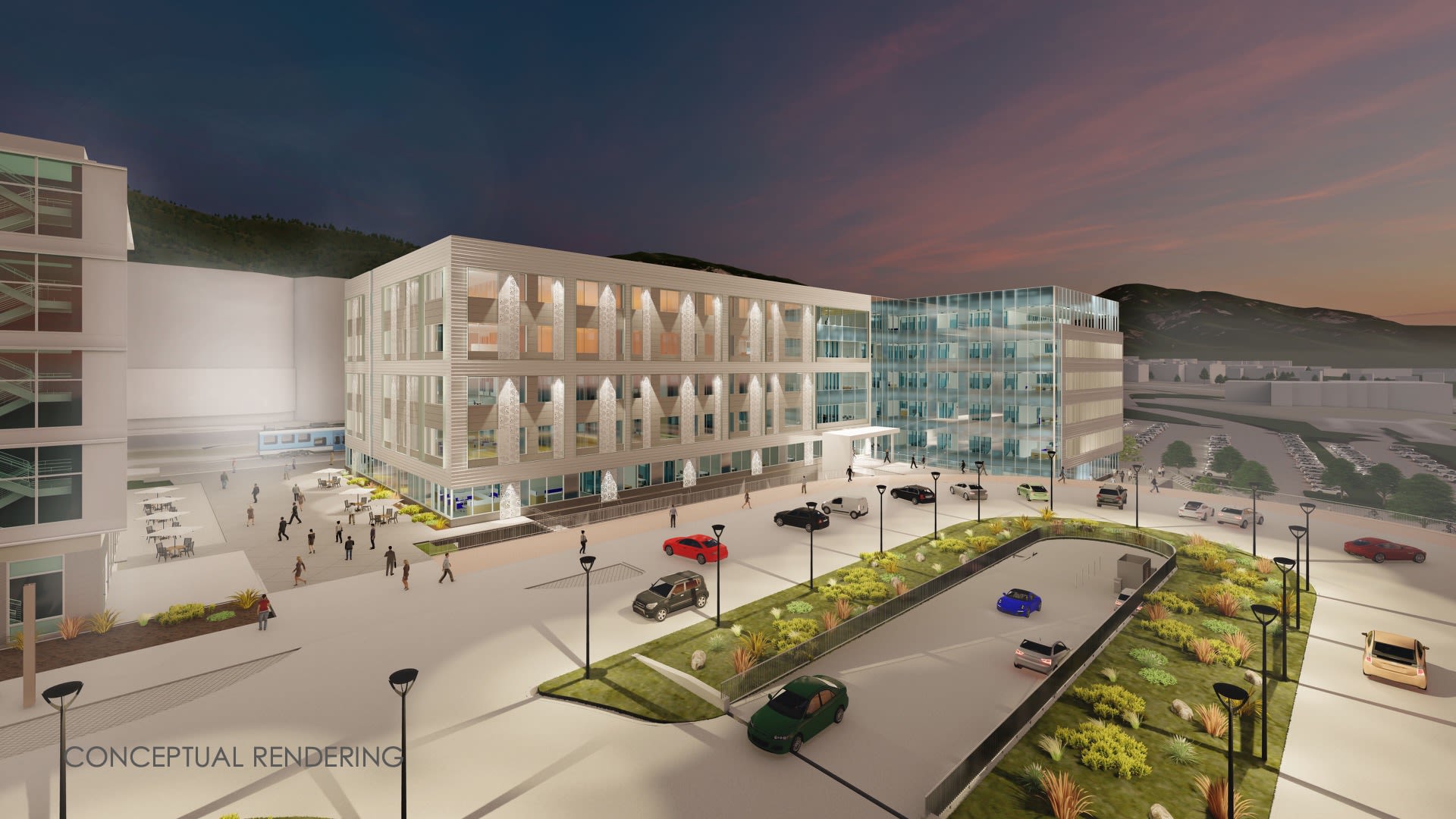
Healthcare, Educators, Leaders & Innovators Complex
Healthcare, Educators, Leaders & Innovators Complex
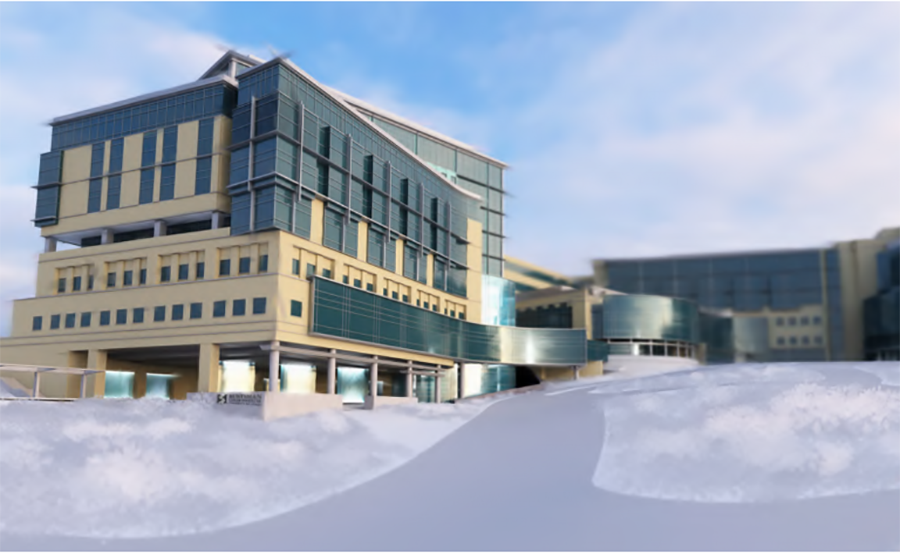
Kathryn F. Kirk Center for Comprehensive Cancer Care and Women's Cancers
Kathryn F. Kirk Center for Comprehensive Cancer Care and Women's Cancers
The planning for these future projects continued through the turmoil of 2020, and both HELIX and the Medical Education & Discovery Complex are due to break ground in 2021. Move out plans for Building 521 are in place and proceeding. If there is a silver lining, it is that the U of U Health community was tested, sometimes to its limits, and found ways to overcome the challenges and move forward. 2020 fatigue is a real thing, but U of U Health, and indeed most of the world, has adapted when necessary and grown in both toughness and determination.
